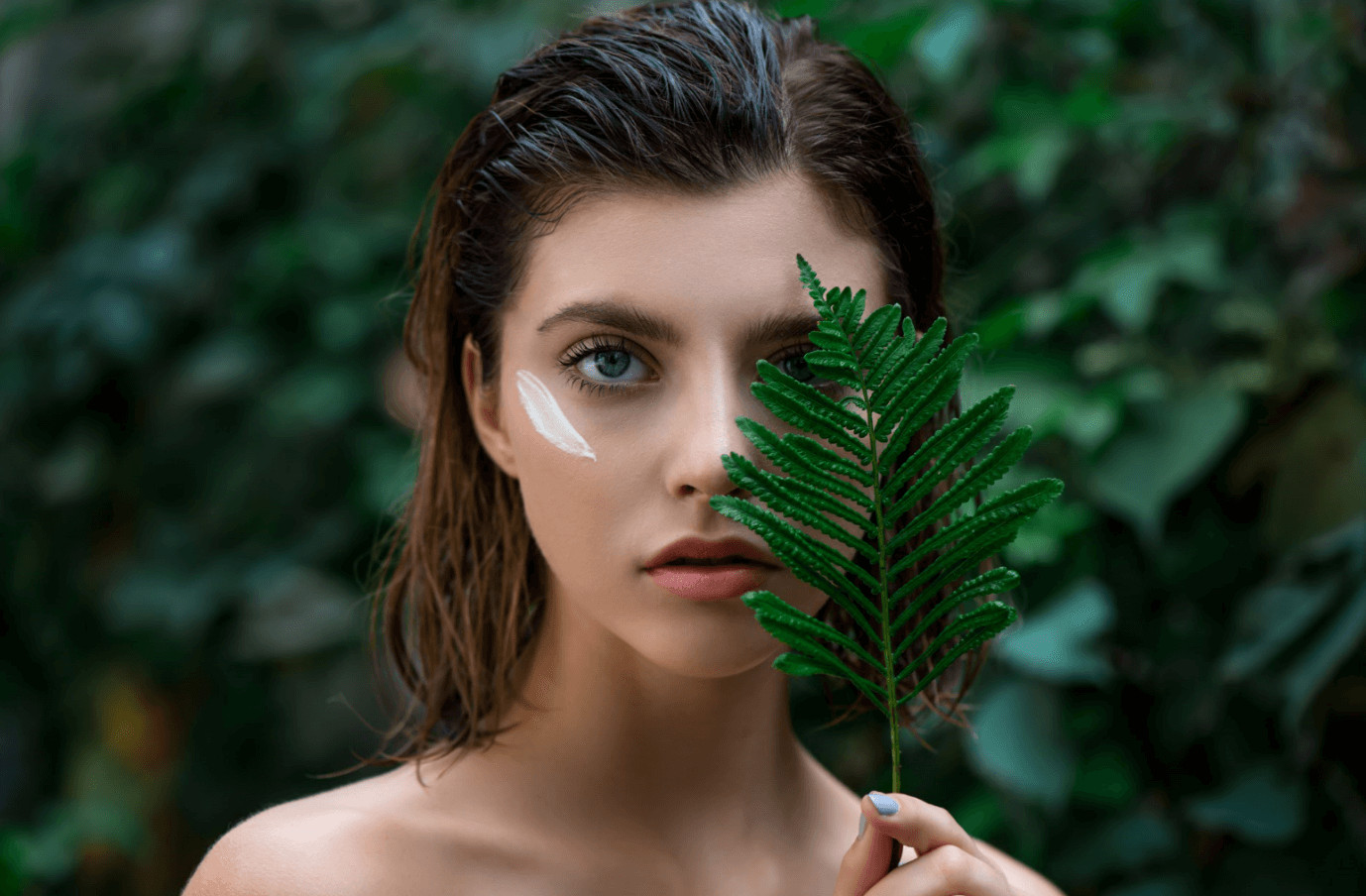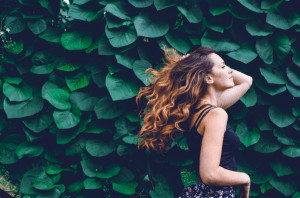What Does Cruelty Free Mean In Beauty Products

Everyone’s morning routine varies. But it likely involves deodorant (at least I hope it does!) at the very bare minimum. Then let’s add on shampoo, conditioner, soap, hair gel, and hair spray. And maybe some lipstick, foundation, eyeliner, blush, eyeshadow, primer, etc.
The point is that we use countless products in our everyday lives without even giving it a second thought. Hair out of place? There’s a solution for that. Skin looking a little dull? There’s a quick fix right in your cabinet. But at what cost do we use these items?
I’m not talking about dollars here, I’m talking about animals’ safety and well-being. It’s great that we’ve made life so easy and convenient for ourselves, but harming animals in the process seems like cruel and unusual punishment. Have you ever given any thought to what goes into making your cosmetics? Do you know if animals are used to make what you rely on every day? Keep on reading to learn the ins and outs of what being cruelty free in beauty products actually means.
What Does Cruelty Free Mean?
Before you get sucked into a black hole of guilt, let’s first explore what it means to be cruelty free. Cruelty free is a badge of approval typically given to products that do not harm or kill animals. Especially with cosmetics, this refers to the making of cosmetics and the testing of them during production. Being cruelty free also means that a company does not hurt animals during the making of their products anywhere in the world. Therefore, if a company conducts animal testing in some countries but not others, we would not call them cruelty free.
According to the Encyclopedia, the term cruelty free first became part of our vocabulary thanks to Lady Dowding. She was an animal rights activist who was born in 1908, and she convinced companies that manufactured fake fur to label their goods with the phrase “Beauty Without Cruelty”. Marcia Pearson later popularized the term in the 1970s.
How exactly can animals be harmed in the making of your favorite products? The poor things might be forced to eat certain goods, or they might have questionable cosmetics rubbed into their skin to test for allergic reactions. They might even be killed so that researchers can determine if a product has any effects on internal organs. Think about it. If you’ve ever used a product which says something like “Not for use by pregnant women” or “Side effects can include redness, itchiness and irritation”, there’s a chance that a cute little bunny foo foo or lab rat took one for the team so that you could be warned.
PETA Cruelty Free Standards Breakdown

Peta logo.
Simply put, brands that PETA considers to be cruelty free are ones that either sign PETA’s statement of assurance or provide a statement verifying that they don’t conduct or commission animal tests on ingredients, formulations or finished products and that they promise not to start doing so in the future.
Their Global Beauty Without Bunnies program will give a company a designation of either “animal test-free” or “animal test-free and vegan”. “Animal test-free” means that a company has verified that they, as well as their suppliers, “do not conduct, commission, pay for, or allow any tests on animals for their ingredients, formulations or finished products anywhere in the world and that they will never do so in the future”. Being “animal test-free and vegan” signifies that a company has committed to all of this. In addition, it demonstrates that the company’s entire line of products “is free of animal-derived ingredients. These companies are truly cruelty-free.” So in order to be truly cruelty free, a brand must make sure to not use animal-derived goods like honey in any of its products.
Getting certified with one of these labels is free. So any company which has a PETA designation has done its part, while any company without it likely is still using animals in the making of their products.
Cruelty Free Skin Care Explained
How do companies make the change and go cruelty free? Or how can you adjust your own DIY cosmetics to be cruelty free? It turns out that there are some pretty simple alternatives to many common ingredients found in cosmetics.
For instance, consider beeswax, which honeybees make. Beeswax typically serves in cosmetics as a firming agent, and it is also emollient and occlusive. Yet instead of using beeswax, you can achieve similar results via carnauba wax, candelilla wax, and others. Then there’s lanolin, which comes from the oil glands of sheep and is extracted from their wool. Lanolin is typically used because it is emollient, occlusive, and a good moisturizer. Alternatives to it include vegetable oils, which are pretty easily accessible.
Hyaluronic acid can come from poultry or bacteria-based biofermentation. It’s used as a skin-conditioning agent or a humectant, but companies can easily replace the animal-based type by deriving it from plants through bacteria-based biofermentation. Another example is capric/caprylic triglyceride, which is a liquid fatty acid that comes from plant or goat’s milk. It works as an emollient, but since it can come from plants in the form of coconut oil, this is the perfect solution for making a cruelty-free product.
Cruelty Free Hair Products Explained

Woman with long, healthy hair.
I’m sure you’ve heard of keratin treatments, and maybe even gotten one yourself. Well, the sad truth is that some forms of keratin *cue doomsday music here* come from animals. Keratin is derived from ground hooves, horns, feathers, and quills, as well as the hair of animals. It’s especially popular because keratin is a key structural protein of hair and nails. Yet there are better ways to reap some of the benefits that keratin has to offer. Hydrolyzed vegetable proteins, although they won’t produce the exact same effect as keratin, are the best option when it comes to a cruelty-free alternative.
As we’ve discussed, cruelty free is not just about using vegan products. It’s also about patronizing brands that are committed to not testing their goods on animals. When you’re looking to buy cruelty-free hair products, check out brands that share this mission. Oribe, Rita Hazan, Bumble and Bumble, Paul Mitchell, and, of course, Maple Holistics, are all examples of hair care brands that are cruelty free and which you can feel good using.
Difference Between Vegan And Cruelty Free Makeup
With a higher awareness of animal rights, more and more people are turning to more animal-friendly ways of using cosmetics. But all of the labels can be difficult for someone who’s first trying to turn over a new leaf!
According to PETA, only companies that are cruelty free and vegan can be certified as cruelty free. Yet for others, there is a difference between these two terms. Essentially, “cruelty free” refers to the process of creating the products, while “vegan” refers to the ingredients in the products. As we discussed, cruelty free alone is about makeup which has not been tested on animals. Vegan, on the other hand, means that a makeup product does not have any animal-derived products in its ingredients list. Therefore, theoretically, a cruelty-free product does not have to be vegan, although it really depends on whom you ask.
If either or both of these designations are important for you in the makeup that you choose, make sure to look at the packaging for certifications from respected animal rights groups to know that the company’s claims are legit.
Conclusion
Well, there ya have it folks. The lowdown on how to keep your makeup routine socially conscious.
Sure, going cruelty free might eliminate a few cosmetics options from your makeup bag. But don’t you want to feel good about what you put on your body? Nowadays, more companies are getting on board with the whole idea of being cruelty free. After all, it just makes sense.


